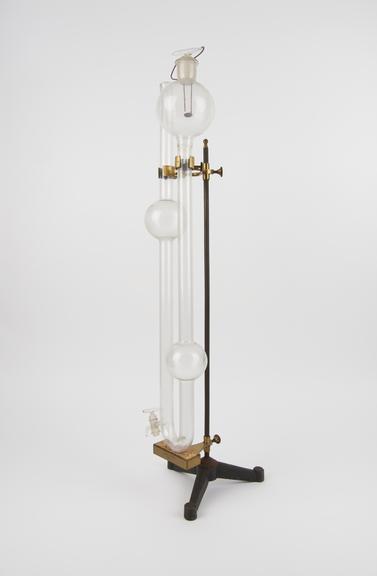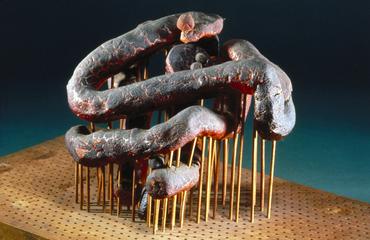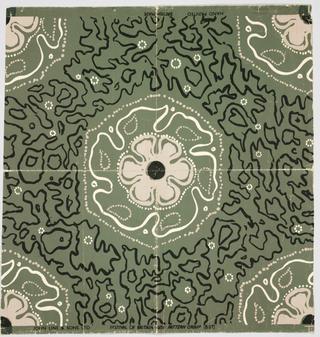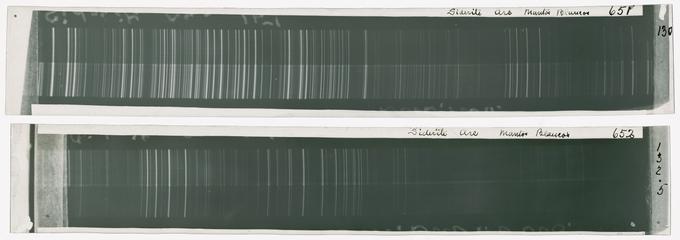Hofmann's gas Demonstration Apparatus.
Hofmann type apparatus consisting of glass U tube with tap and stand, by Julius Schober, Berlin, 1875-1876. Used to demonstrate that an equal volume of oxygen combines with equal volumes of carbon and sulphur dioxide in compound gases. Part 1 is the stand.
More
A W Hofmann's apparatus to demonstrate that the volumes of oxygen that enter into the composition of carbon and sulphur dioxide are equal to the respective volumes of these compound gases. (U tube with deflagrating spoon on stand)
- Materials:
- tube , brass (copper, zinc alloy) , steel (metal) , copper (metal) , cork and asbestos
- Object Number:
- 1876-220/1






